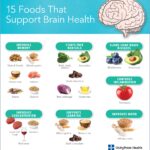Discover What Foods Help With Headaches and migraines and how to manage head pain effectively with dietary choices. FOODS.EDU.VN provides expert-backed insights into headache-relieving foods and drinks, offering a holistic approach to wellness. Learn which nutrients and culinary options can alleviate discomfort and reduce the frequency of headache occurrences for a pain-free life, exploring dietary adjustments, migraine relief, and optimal hydration.
1. Decoding Headaches: Types, Triggers, and Dietary Impact
Headaches manifest in various forms, each with unique triggers and characteristics. According to the International Classification of Headache Disorders, there are approximately 150 different types of headaches. These can range from tension headaches, often linked to stress, to migraines, which can be debilitating. Understanding the type of headache you experience is the first step in identifying the best course of action.
Headaches are generally categorized as primary or secondary. Primary headaches, such as migraines or tension headaches, are not caused by an underlying condition. Secondary headaches, on the other hand, are symptoms of another issue, such as sinusitis, caffeine withdrawal, or even certain medications. Food and beverages can play a significant role in both triggering and alleviating headaches, whether primary or secondary.
It’s important to note that headache triggers are highly individual. What sets off a headache in one person might not affect another. This variability makes it essential to keep a food diary to track your diet and identify potential triggers. Some common culprits include:
- Processed Foods: High in additives and preservatives, these can often trigger headaches.
- Aged Cheeses: Contain tyramine, a substance that can cause blood vessel constriction.
- Alcohol: Especially red wine, which contains sulfites and tannins.
- Caffeinated Beverages: While sometimes helpful in small doses, excessive caffeine can lead to rebound headaches.
- Foods High in MSG: Monosodium glutamate, a flavor enhancer, has been linked to headaches in some individuals.
By being mindful of your food choices and understanding how they impact your body, you can take proactive steps to manage and reduce the frequency and severity of your headaches.
2. Migraine Demographics and Common Triggers
Migraines are a particularly disruptive type of headache, often accompanied by symptoms such as nausea, vomiting, and sensitivity to light and sound. While anyone can experience a migraine, they are most prevalent among young adults aged 18 to 44. Women are also more likely to suffer from migraines than men, and genetics play a significant role, with individuals having a family history of migraines being more susceptible.
Identifying migraine triggers is crucial for effective management. Common triggers include:
- Stress: High levels of stress can significantly increase the likelihood of a migraine.
- Changes in Sleep Patterns: Disruptions to your sleep schedule, whether oversleeping or lack of sleep, can trigger migraines.
- Blue Light Exposure: Prolonged exposure to screens, such as computers and smartphones, can cause migraines.
- Caffeine and Alcohol Consumption: Excessive intake of caffeine or alcohol, particularly red wine, can trigger migraines.
- Weather Changes: Fluctuations in barometric pressure and seasonal changes can also contribute to migraines.
Understanding these triggers allows you to make lifestyle adjustments to minimize your risk. This might include practicing stress-reduction techniques, maintaining a consistent sleep schedule, limiting screen time, and monitoring your intake of caffeine and alcohol.
3. Food and Food Additives: Potential Migraine Culprits
Certain foods and additives are notorious for triggering migraines in susceptible individuals. Recognizing these potential culprits can help you make informed dietary choices and reduce the frequency of migraine attacks. Here are some common food-related triggers:
| Food/Additive | Description |
|---|---|
| MSG (Monosodium Glutamate) | A flavor enhancer commonly found in processed foods, soy sauce, and some condiments. |
| Yeast-Containing Products | Such as bagels, sourdough bread, and other baked goods. |
| Nitrates | Preservatives found in lunch meats, hot dogs, and other processed meats. |
| Aspartame | An artificial sweetener used in diet sodas and other sugar-free products. |
| Sulfites | Preservatives used in dried fruits, wine, and some processed foods. |
| Tyramine | A naturally occurring compound found in aged cheeses, fermented foods, and certain types of beans and soy products. |
| Histamines & Tyramine | Found in pickled products, sourdough bread, aged cheeses, and fermented foods. |
| Caffeine | Excessive intake can trigger migraines, while withdrawal can also cause headaches. Found in coffee, tea, chocolate, and some soft drinks. |
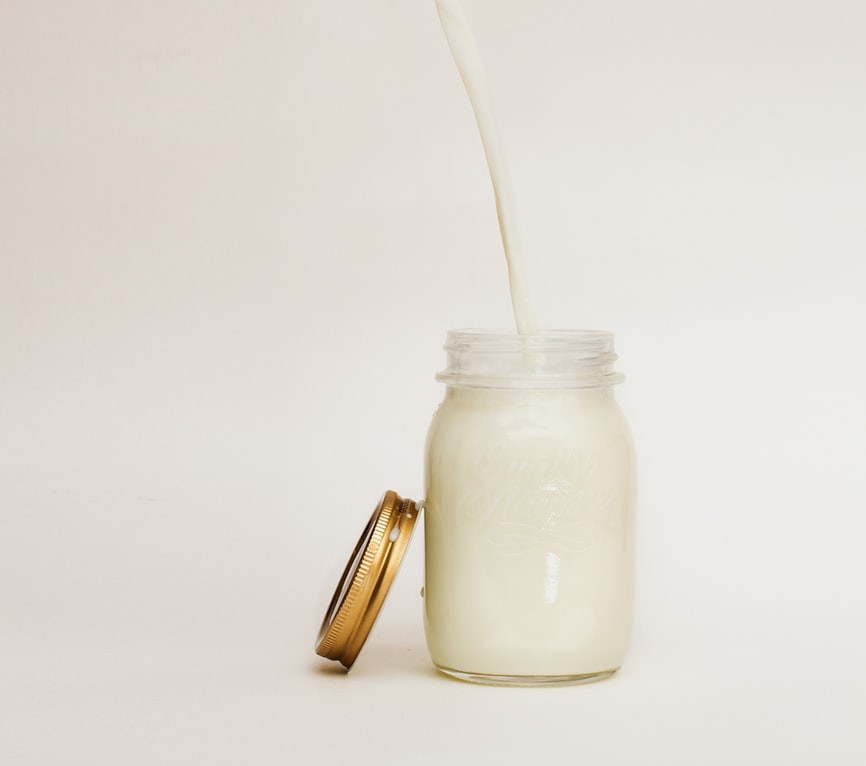

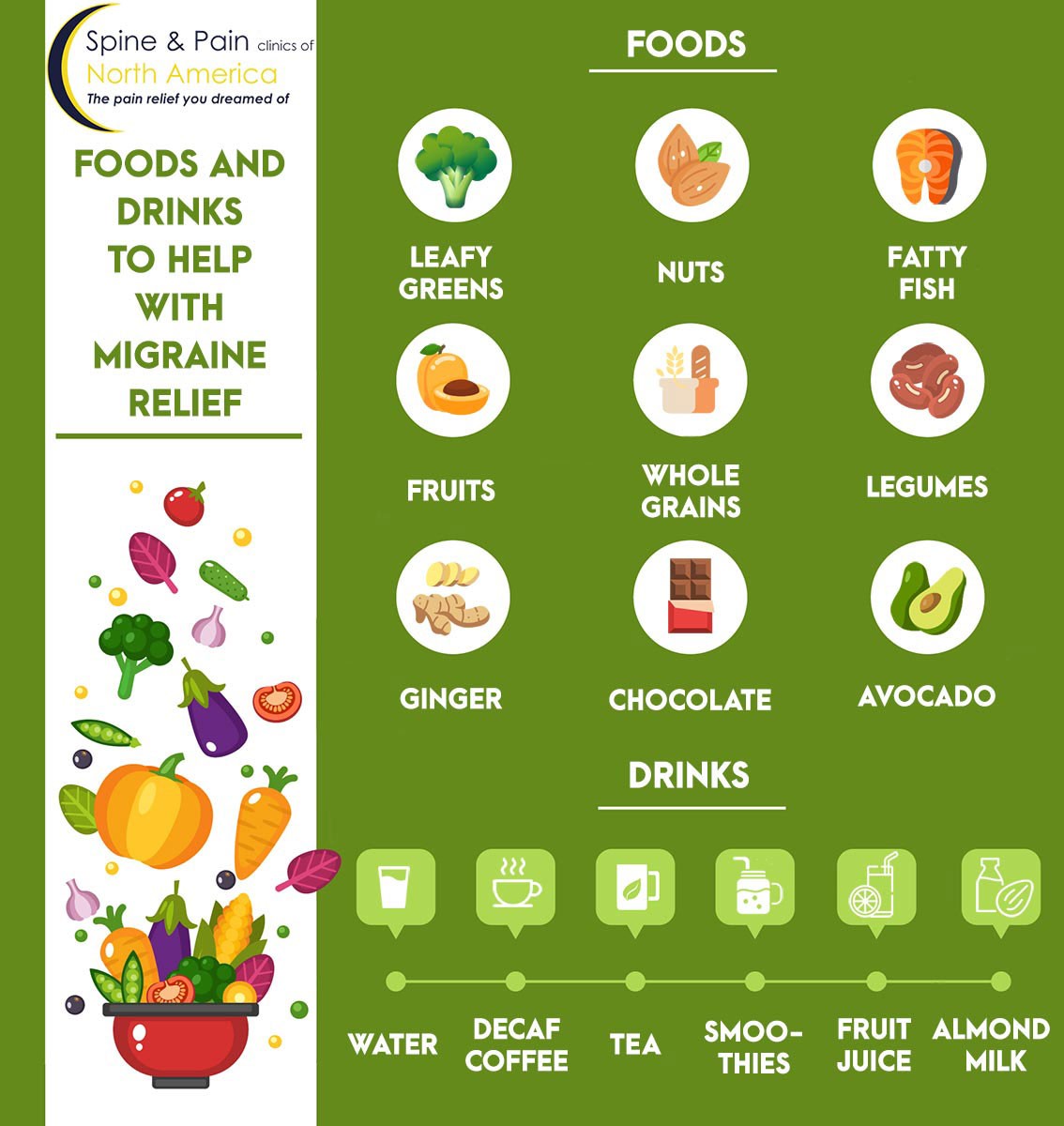
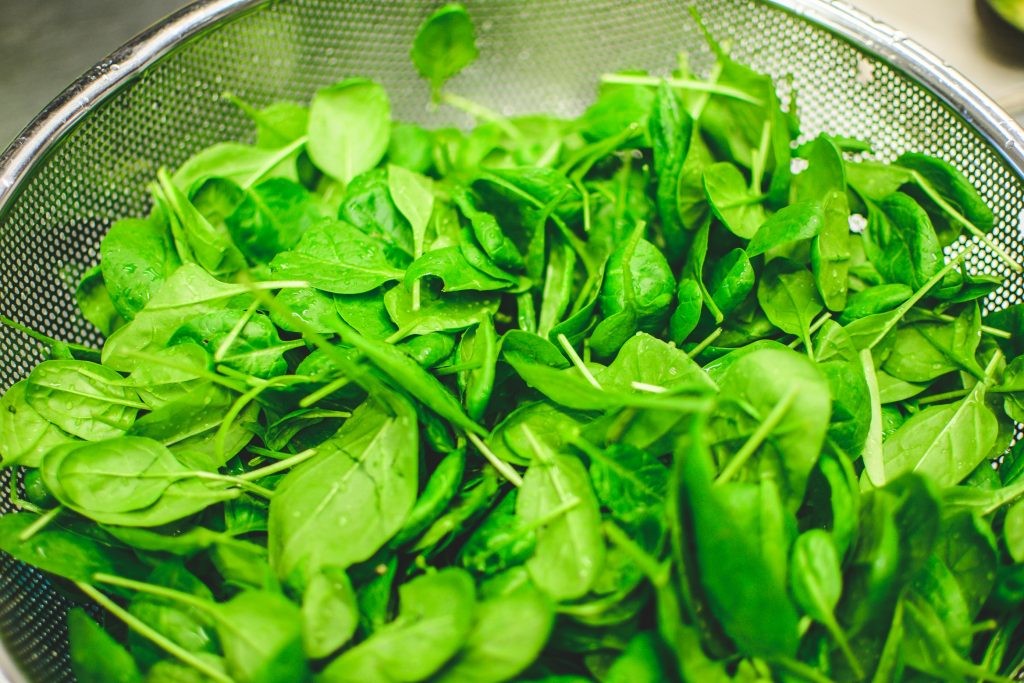
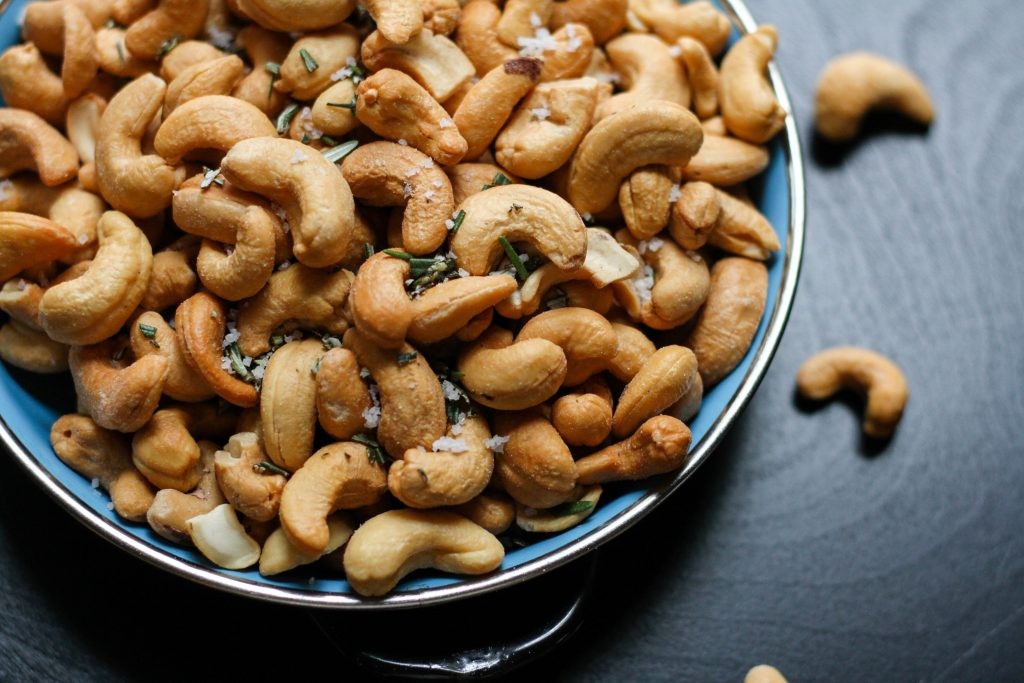
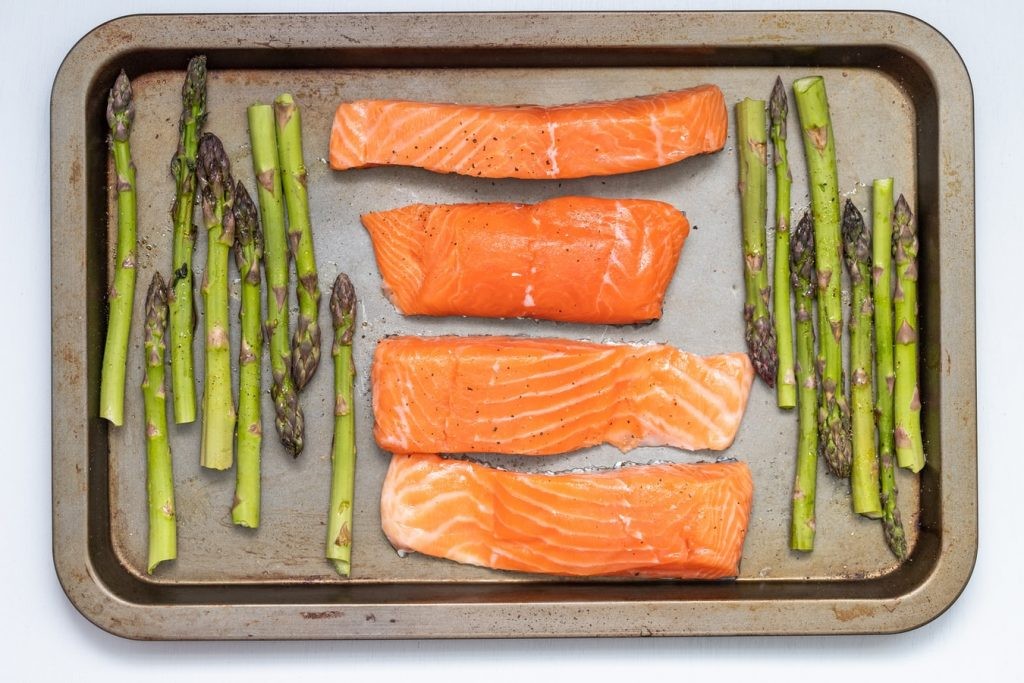
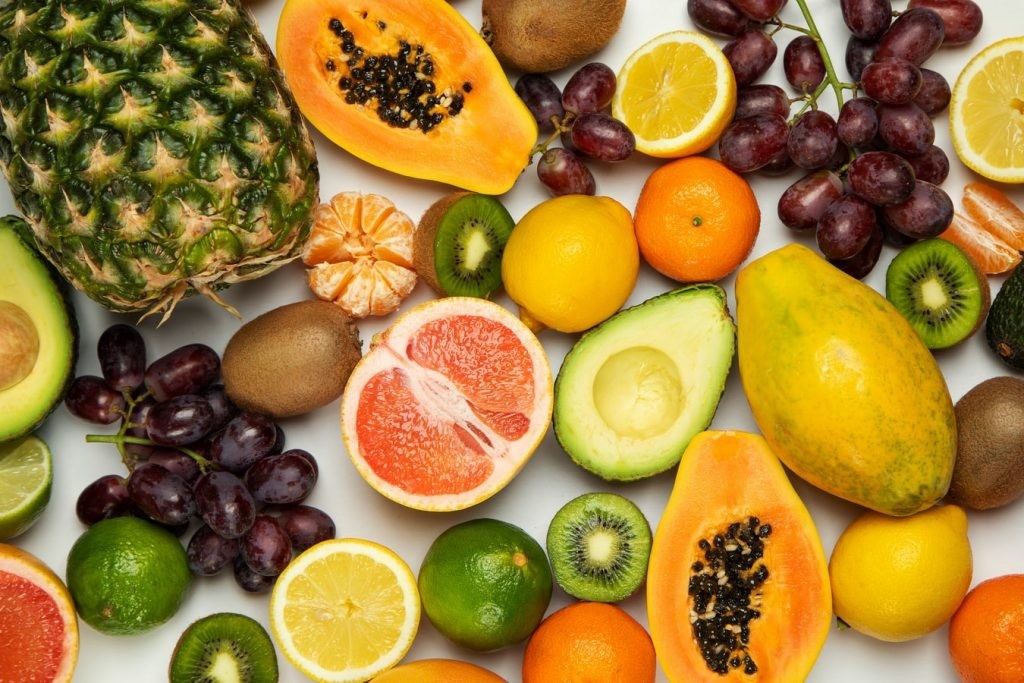
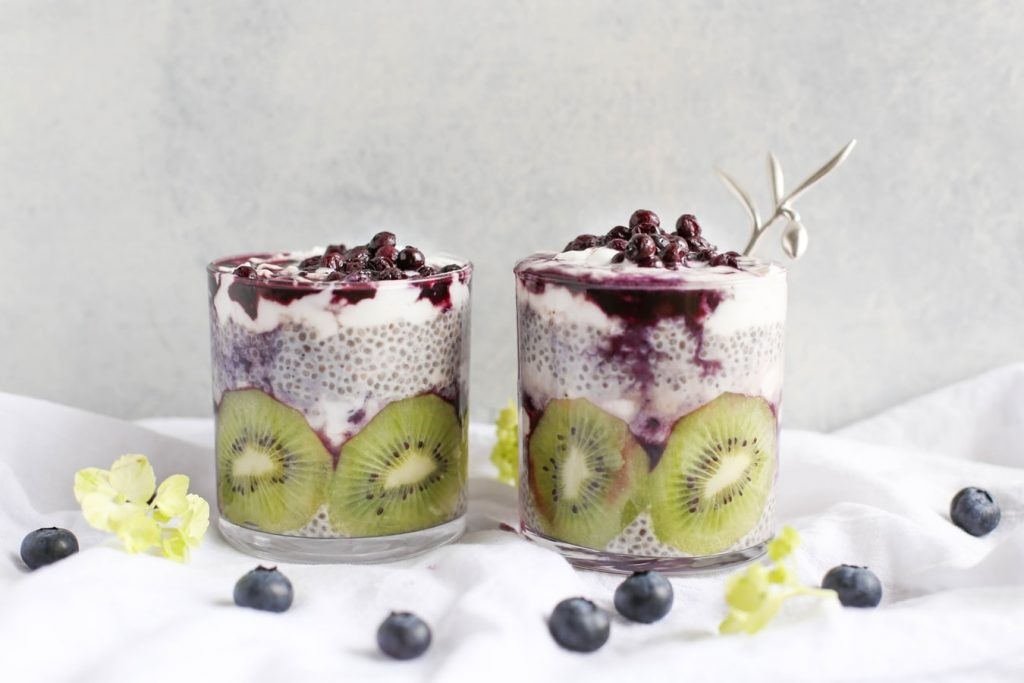
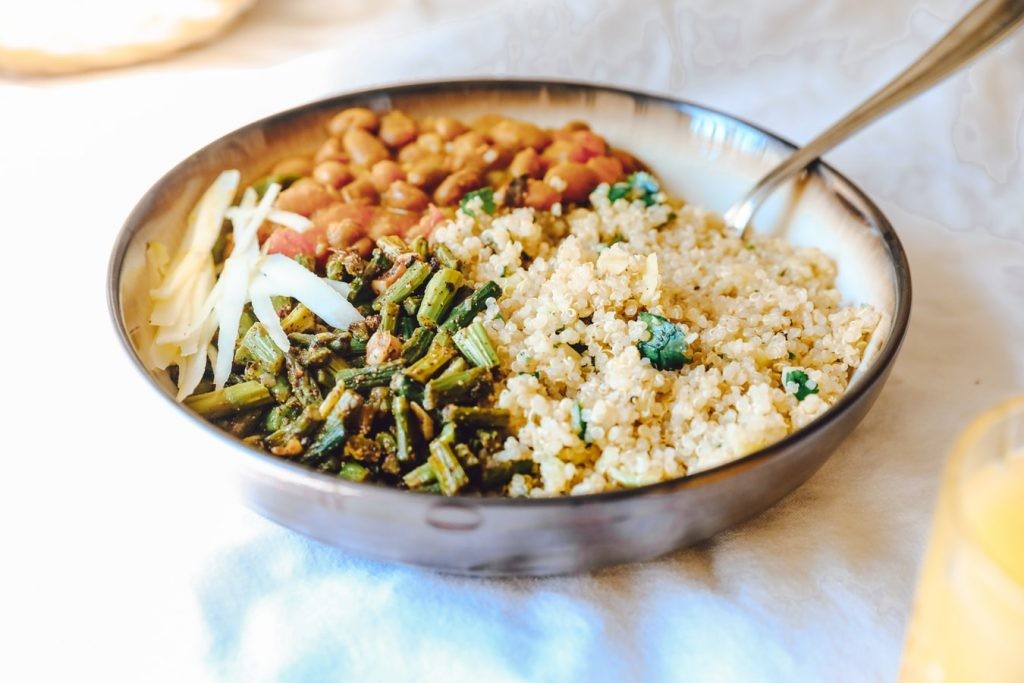
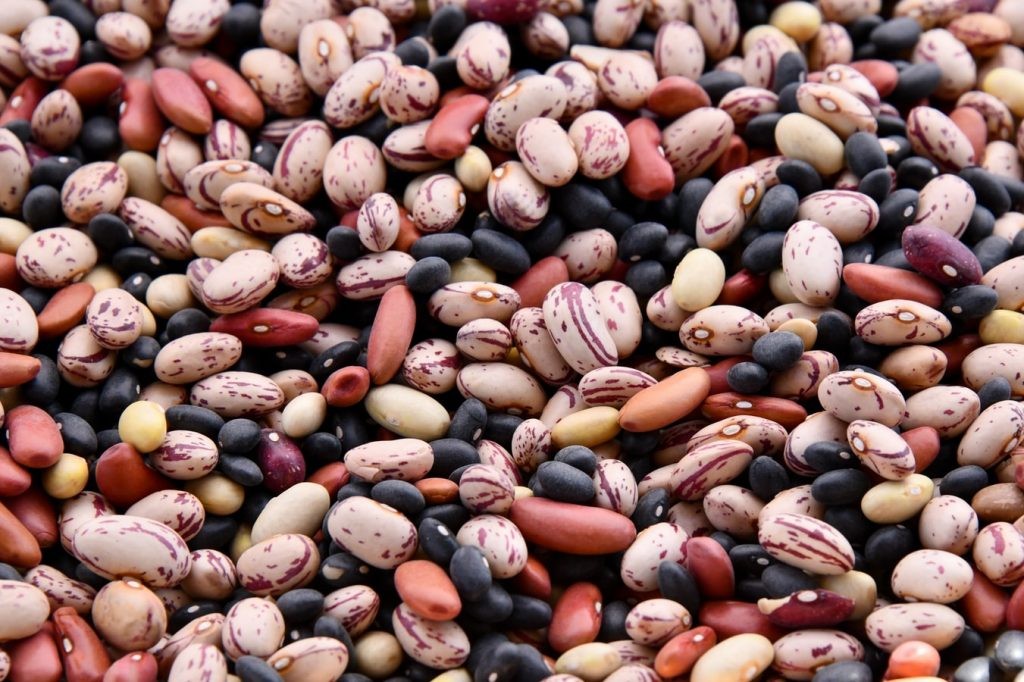
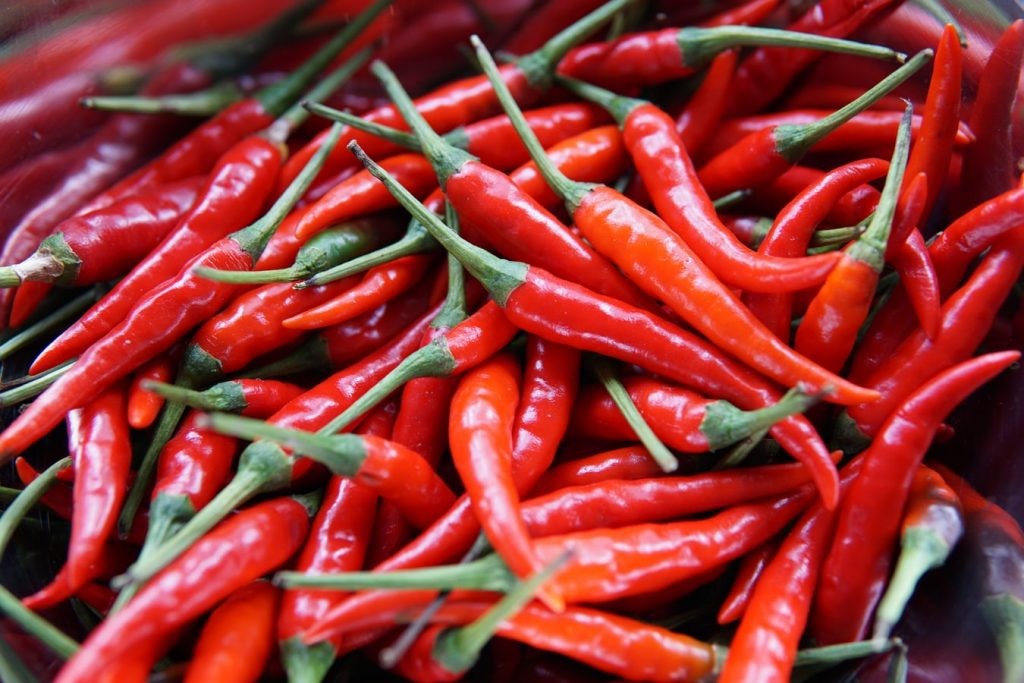
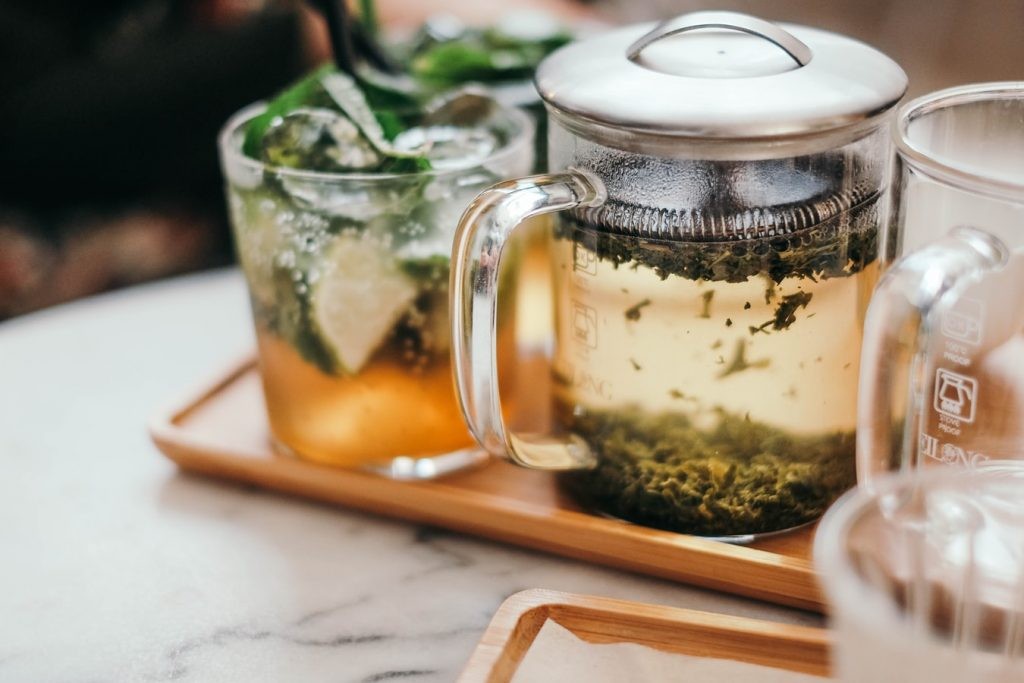
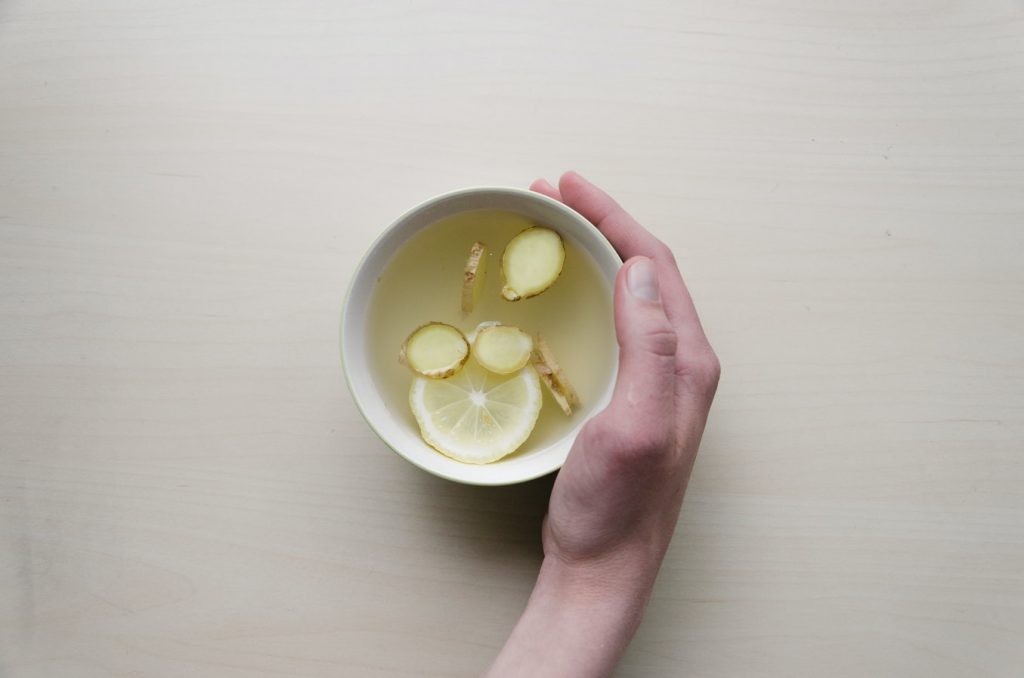
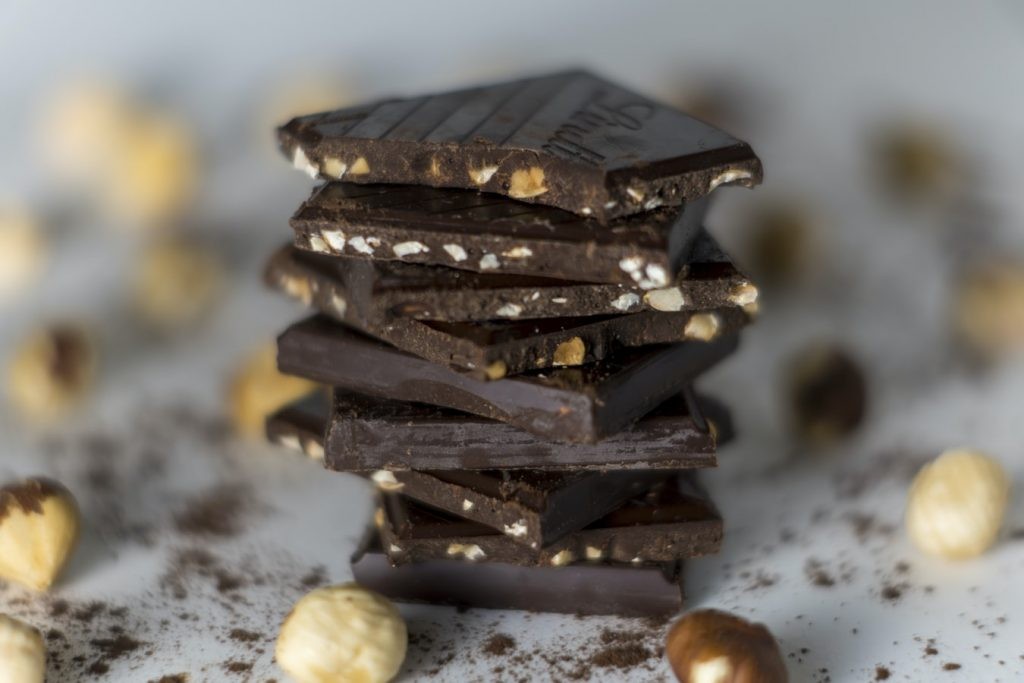
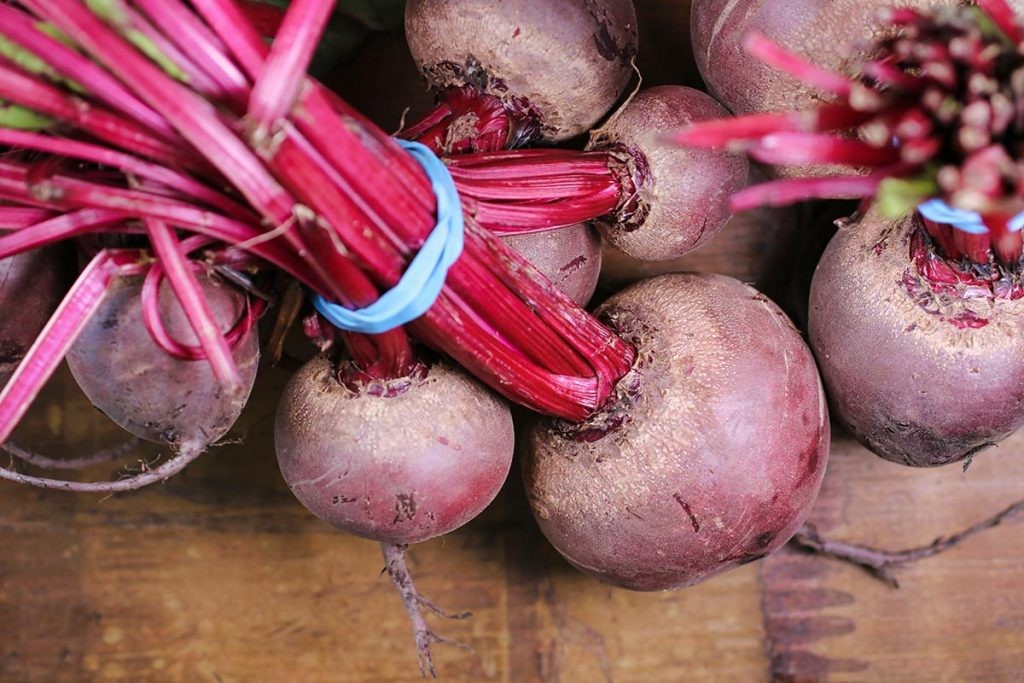
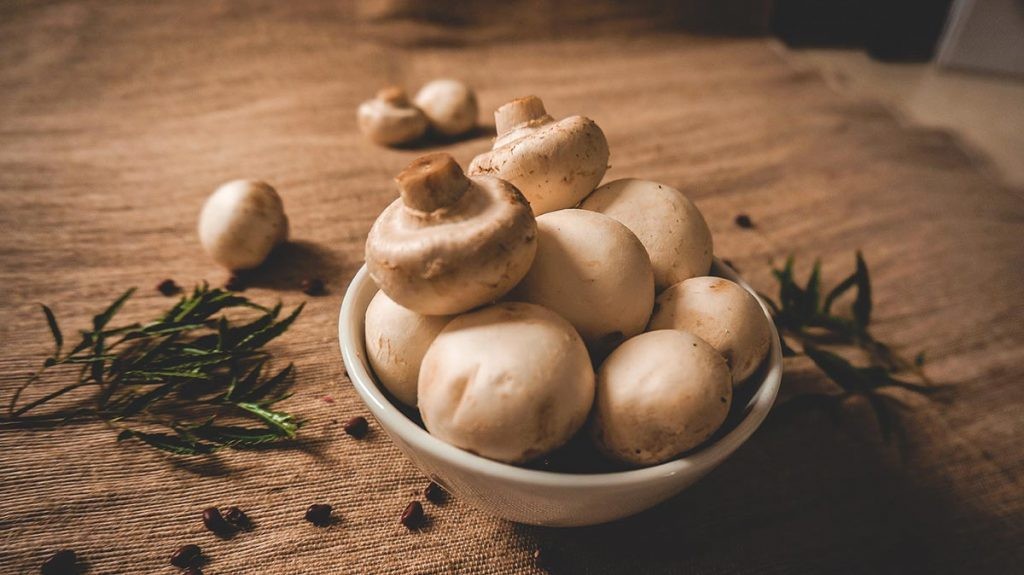
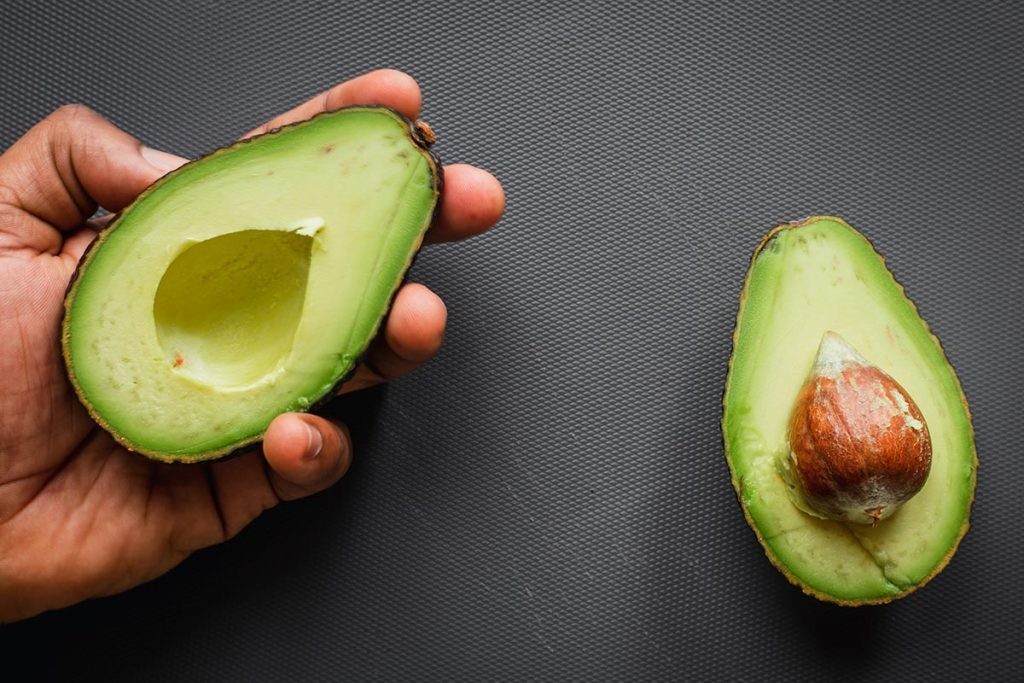
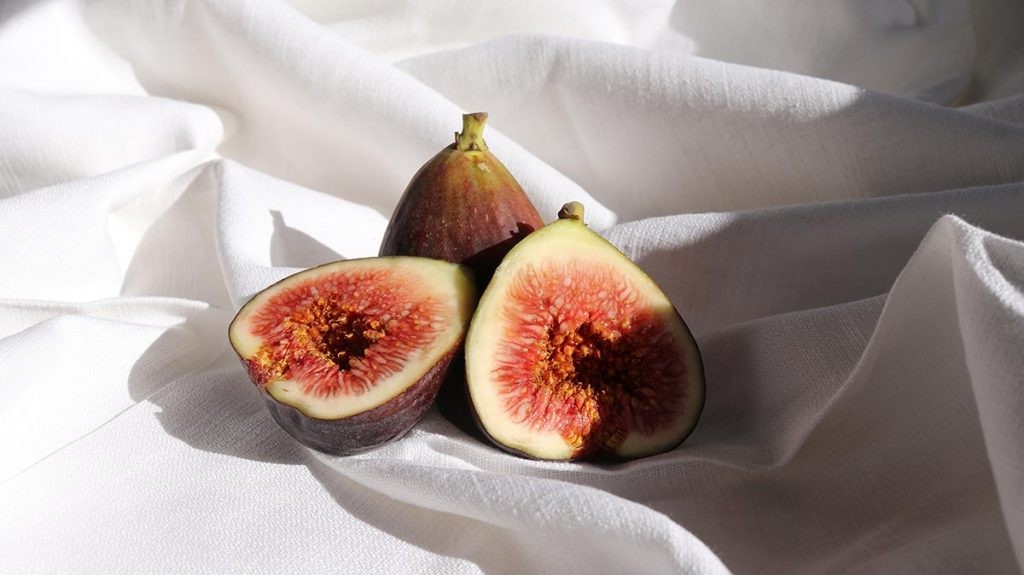
It’s important to note that individual tolerance to these substances varies. Keeping a detailed food diary can help you identify your specific triggers and make appropriate dietary adjustments. Many of the foods that migraine sufferers are advised to avoid are based on patient reports in clinical surveys and studies.
4. Managing Headaches with Strategic Food Choices
While avoiding triggers is essential, certain foods can also help alleviate headache pain and promote faster recovery. The Cleveland Clinic notes that much of the information about food triggers comes from self-reported experiences, but research is ongoing to further understand these connections.
Here are some food choices that have been reported to help with headaches:
- Leafy Greens: Rich in magnesium and B vitamins, which can help relax blood vessels and reduce inflammation.
- Fresh Fruits: Especially brightly colored ones high in antioxidants, which can combat oxidative stress.
- Low Sodium Foods: High sodium intake can contribute to dehydration and increase headache severity.
- Almonds: Another good source of magnesium, which can help soothe headache pain.
Conversely, it’s best to avoid processed foods, aged cheeses, smoked or dried fish, cultured dairy products, high sodium foods, and foods high in carbohydrates and sugar, as these can exacerbate headache symptoms. Sometimes, headache relief comes from knowing what not to eat.
5. Navigating Drinks: Headache Triggers and Relief
Beverages can also play a significant role in triggering or alleviating headaches. It’s essential to be mindful of your drink choices and understand their potential impact on your head pain.
Drinks to Be Cautious Of
- Dairy Products: Some individuals are sensitive to casein, a protein in milk, which can trigger migraines. However, others find relief from the electrolytes and protein in whole milk.
- Alcohol: Mixed drinks, beer, wine, and champagne can all contribute to headaches due to their impact on brain chemicals and blood vessels. Dehydration from alcohol can also worsen symptoms. Red wine, in particular, contains tannins and sugar, which can trigger headaches.
- Caffeinated Drinks: While small amounts of caffeine can sometimes help, excessive consumption or withdrawal can lead to headaches. Caffeine is found in coffee, tea, chocolate, and some soft drinks.
Drinks for Migraine Relief
- Decaffeinated Coffee: May help relieve migraines by affecting adenosine levels in the brain.
- Green Tea: High in antioxidants and contains a moderate amount of caffeine, which may provide relief without the jitters. A cup of green tea contains approximately 50-100 mg of catechins (powerful antioxidants) and 30-40 mg of caffeine.
- Peppermint Tea: Caffeine-free and has a soothing, fresh scent that can help reduce stress and anxiety, potentially aiding in migraine relief.
- Ginger Tea: May help reduce symptoms often accompanying migraines, like vomiting and nausea, and may also reduce the frequency of migraine episodes.
- Water: Dehydration is a known migraine trigger, so staying hydrated is essential.
- Smoothies: Green smoothies made with leafy vegetables are high in nutrients that may reduce migraine pain and frequency.
- Fruit Juices: Certain fruit juices, like orange, grapefruit, and grape juice, contain magnesium, which may help alleviate headaches.
Remember, individual responses to various drinks can vary, and what works for one person may not work for another. It’s essential to pay attention to your body’s signals and adjust your choices accordingly.
6. Decoding Drinks for Migraine Relief
Choosing the right beverages can significantly impact migraine management. Individual responses to various drinks can vary, and what provides relief for one person may not work for another. However, some research indicates that certain beverages may offer benefits.
1. Decaffeinated Coffee
Caffeine influences adenosine levels, a natural brain chemical that acts as a vasodilator. Adenosine affects brain electrical activity and other functions by attaching to specific receptor modules on brain cell surfaces. Caffeine is believed to block adenosine’s receptor action, and adenosine levels may play a role in migraine headaches.
While the impact of caffeine on migraines is still not fully understood, the American Migraine Foundation suggests eliminating coffee if you suffer from chronic or severe migraines. However, studies suggest that a small amount of caffeine may actually help a migraine. Decaffeinated coffee, with approximately 97% of the caffeine removed, may provide relief.
2. Green Tea
Green tea boasts catechins, which are polyphenols, saponins, vitamins, and other bioactive compounds. Its potential for migraine relief is attributed to its high antioxidant content and lower caffeine level compared to coffee. A cup of green tea contains approximately 50-100 mg of catechins (powerful antioxidants) and 30-40 mg of caffeine.
3. Peppermint Tea
Peppermint oil, when applied to the forehead and temple, effectively reduces tension headaches. Research is limited, but both oral peppermint oil and peppermint tea made from peppermint leaves have proven safe. Peppermint tea is caffeine-free and rich in antioxidants. Its soothing, fresh scent helps reduce stress and anxiety, potentially aiding in migraine relief.
4. Ginger Tea
Ginger tea can alleviate symptoms like vomiting and nausea that often accompany migraines. It may also reduce the frequency of migraine episodes. Ginger, derived from the ginger plant’s rhizome, possesses antioxidant, anti-inflammatory, and vasculoprotective effects. Further research is needed to pinpoint the specific constituents that contribute to reducing migraines and their symptoms.
5. Water
Dehydration is a known trigger for migraines. Staying adequately hydrated is essential for overall health because all bodily systems and organs require water to function optimally. The general recommendation is for adult women to drink 11 cups and men to drink 16 cups of water daily. It’s especially crucial to hydrate before and after exercising, working, or engaging in recreational activities in warm weather. While dehydration doesn’t directly cause a migraine, rehydrating at the first sign of one developing is essential.
6. Smoothies
Green smoothies, crafted from dark green leafy vegetables like spinach, kale, turnip greens, and collard greens, may offer migraine relief. Evidence suggests that a diet rich in nutrient-dense, dark green leafy vegetables can reduce migraine pain and frequency. Leafy green vegetables abound in beta-carotene, a precursor to retinol (vitamin A), which acts as an antioxidant and anti-inflammatory. They also contain high levels of magnesium, which has been linked to migraine headaches. Additionally, combining B vitamins like folate, B6, and B12 may reduce the frequency and severity of migraine attacks.
7. Fruit Juices
Certain fruit juices, like leafy green vegetables, contain high amounts of magnesium. According to the U.S. Food Data Central, a glass of orange juice has 11 mg of magnesium, grapefruit juice has 13 mg, and grape juice has 10 mg. Opting for 100% juice products with natural sugar is important for your health.
7. Food and Drink Additives: Hidden Headache Triggers
In today’s world, processed foods and beverages often contain numerous additives, including flavorings to enhance taste, preservatives like nitrites to extend shelf life, and sugar substitutes to replace natural sugar. These various chemicals, including artificial sweeteners such as aspartame, can potentially trigger headaches.
While monosodium glutamate (MSG) is not as prevalent as it once was, it can still be found in products like soy sauce, packaged foods, and meat tenderizers. Other additives known to trigger headaches include phenylalanine and nitrites.
8. Foods That Fight Headaches: A Nutritional Arsenal
People often ask how to cure migraines permanently. Unfortunately, there is currently no permanent cure for migraine headaches, primarily because medical researchers have not yet pinpointed the specific cause. However, they have identified specific nutritional vitamins, minerals, and other elements that can provide relief from migraines and other types of headaches.
While many foods can potentially trigger migraines, many others can reduce their frequency or severity. The added benefit is that the foods and drinks that are beneficial for migraines are generally healthy choices that everyone should incorporate into their diet.
Magnesium-Rich Foods
A 2021 study discovered that dietary intake of magnesium-rich foods may help lower the odds of developing a migraine. Another study found that magnesium supplementation may reduce the frequency of migraine attacks. Magnesium-rich foods include:
- Dark, leafy greens like spinach, kale, and Swiss chard
- Avocado
- Bananas
- Tuna
- Almonds and cashews
- Whole grains
- Black beans
Omega-3 Fatty Acids
Long-chain omega-3 polyunsaturated fatty acids, also known as “healthy fats,” have been found to reduce or prevent severe headaches or migraines. They are essential for good health and must be obtained through diet.
Foods high in omega-3 fatty acids include:
- Mackerel
- Salmon
- Cod liver oil
- Herring
- Oysters
- Sardines
- Flaxseed and Chia seeds
- Walnuts
- Soybeans, including edamame
Fiber-Rich Foods
Consuming fiber-rich foods may decrease the frequency of migraines or severe headaches. A study found that for every 10 grams of fiber increased in the daily diet, the prevalence of migraines or severe headaches decreased by 11%. These types of foods include:
- Whole grains
- Lentils and peas
- Beans
- Fruits
- Vegetables
Water
Dehydration has been linked to headache development and may worsen a migraine or other type of headache. Improving the body’s water balance may improve many of the contributors to migraines, like stress and sleep disturbance.
Whole Foods
For some individuals, adopting a whole-food, plant-based diet has been found to reduce the frequency of headaches or even prevent them. This diet includes dark green leafy vegetables, fresh fruits and vegetables, legumes, whole grains, nuts, and seeds. Some unprocessed meats are also included in the entire food diet. Many of these foods are anti-inflammatories, which may play a role in reducing migraine experiences.
While instant migraine relief is rare, some foods like ginger and nuts can work rapidly. The following are some foods that fight migraines, tension headaches, cluster headaches, caffeine headaches, and headaches in general.
9. Top Foods to Combat Headaches
Now, let’s examine each point: what foods and drinks help with migraines.
1. Leafy Greens
Leafy greens contain various elements that contribute to headache relief. For example, research has shown that taking magnesium can reduce migraine pain because many migraine sufferers have low magnesium levels. The Journal of Headache and Pain reported combining folic acid, B6, and B12 reduced migraine symptoms. The National Headache Foundation reported on a European study that vitamin B2 could reduce migraine frequency.
Some leafy greens containing all these elements and other anti-inflammatory antioxidants are the following:
- Kale
- Spinach
- Collard greens
- Turnip greens
- Broccoli
2. Nuts
Nuts are rich in magnesium, which soothes headache pain by relaxing blood vessels. They also contain a significant amount of vitamin E, which research has shown can help control migraines with aura and triggered by hormonal fluctuations. For some people experiencing a headache, immediate relief is found by eating a handful of almonds or other nuts.
- Almonds
- Walnuts
- Cashew nuts
- Brazil nuts
3. Fatty Fish
Fatty fish is rich in omega-3 fatty acids EPA and DHA, which are anti-inflammatory foods. They contain B vitamins, including riboflavin (B2), which has been shown to help manage migraine attacks. Research also found that salmon contains coenzyme Q10 and vitamin D, relieving migraines.
- Salmon
- Cod
- Mackerel
- Halibut
4. Fruits
Some fruits are rich in magnesium and potassium. Research continues, but some studies suggest potassium may help alleviate migraine pain by contributing to healthier nerve functioning. Bananas are good for headaches because they deliver a dose of potassium, magnesium, B vitamins, and complex carbohydrates, all of which contribute to reducing headache pain. If a headache is due to dehydration, high-water-content fruits can combat headache pain.
- Apricots
- Avocados
- Bananas
- Figs
- Raspberries
- Melon
- Cantaloupe
- Watermelon
- Honeydew
5. Seeds
The following list of seeds contains omega-3 fatty acids, which fight inflammation. They also contain significant amounts of magnesium, which may help prevent blood vessel spasms. Medical research continues to explore blood vessel spasms due to constricted blood vessels as a possible migraine trigger.
- Poppy seeds
- Sesame seeds
- Pumpkin seeds
- Sunflower seeds (without natural flavors)
- Chia seeds
6. Whole Grains
Whole grains contain complex carbohydrates, and they work to increase glycogen stores in the brain. They help relieve headache pain because low blood sugar (hypoglycemia) can trigger headaches. One study found a correlation between iron deficiency anemia and migraines in women. Whole grains provide a wealth of nutrients including vitamin E, B, iron, coenzyme Q10, magnesium, and fiber.
- Quinoa
- Barley
- Buckwheat
- Bulgur
- Whole oats
- Whole grain bread
7. Legumes
Legumes contain protein and fiber that help maintain blood sugar levels, as well as magnesium and potassium, which relieve blood vessel constrictions. They also supply coenzyme Q10, which, according to a study, may reduce the number of days a migraine lasts. All of these nutrients can help relieve headache pain.
- Lentils
- Beans
- Peas
- Soybeans
- Chickpeas
8. Hot Peppers
Hot peppers contain capsaicin, which numbs the brain’s trigeminal nerve and inhibits the neurotransmitter responsible for causing migraine pain. They may also relieve cluster, tension, and other headaches. Besides, eating hot peppers can help open up clogged sinuses, causing a sinus headache. Hot peppers also contain vitamins C, A, B, and E.
- Jalapenos
- Habaneros
- Cayenne
- Anaheim
9. Small Amount of Coffee or Tea
One or two cups of coffee or tea each day may provide headache relief, especially if the headache is triggered by a lack of caffeine. Caffeine can decrease the size of blood vessels, enabling better blood flow. The key is to find a balance and not consume too much caffeine, as too much caffeine can trigger a headache.
10. Ginger
Ginger contains a natural oil with chemical compounds essential to helping headache sufferers find relief. It increases the chemical messenger serotonin, and that reduces inflammation. A medical research study on ginger powder found it significantly decreased headache severity in patients with acute migraines without aura.
- Ginger spice
- Ginger powder
- Ginger tea
- Ginger supplement
11. Chocolate
Dark chocolate, at least 70 percent cacao, contains a high amount of magnesium and riboflavin. Both nutrients help manage migraines by assisting with the relaxation of blood vessels.
A medical study also found that people who intake a higher amount of tryptophan (a serotonin precursor) daily reduced their odds of developing a migraine by 54-60 percent. Chocolate contains tryptophan and serotonin.
12. Beets
Beets are rich in nutrients like manganese, potassium, vitamin C, and folic acid. Studies showed that migraine patients who consumed 2 mg of folic acid, along with vitamins B12 and B6, experienced better results in reducing their migraine symptoms compared to those who received only 1 mg of folic acid with the same vitamins. This suggests that the folic acid content in beets could potentially contribute to managing migraine symptoms.
13. Mushrooms
Mushrooms may help with migraines and headaches due to their potential anti-inflammatory and antioxidant properties. Some studies suggested that certain compounds found in mushrooms, such as ergothioneine and antioxidants, may have neuroprotective effects and help alleviate inflammation in the brain, potentially offering relief from migraines and headaches.
14. Avocado
Avocados are rich in magnesium, which has been associated with a potential reduction in the occurrence and severity of migraines and headaches. Including avocado as part of a balanced diet may contribute to maintaining adequate magnesium levels, which could have a positive impact on managing these conditions.
15. Figs
Figs have been suggested to potentially help prevent migraines as they contain potassium, which has anti-inflammatory properties. Adequate potassium levels may reduce inflammation, a potential trigger for migraines.
Is there food to cure migraine headaches? The Physicians Committee for Responsible Medicine‘s general recommendation is to eat foods generally known to not contribute to headaches in most people. A simple diet during the headache period can often bring relief.
- Brown rice
- Well-cooked green, orange, and yellow vegetables, i.e., squash, carrots, spinach, etc.
- Dried or cooked non-citrus fruits, like cherries and cranberries
10. Eliminating Culprits and Embracing a Healthy Lifestyle
Because each person is different in terms of which foods and drinks cause and relieve headaches, it takes special diet attention to determine what triggers headaches and what helps relieve headache pain. It may be possible to link certain foods to headaches and eliminate them from the diet or link them to headache relief and add them to the diet.
Developing a healthy lifestyle is also crucial to headache management. You should not rely only on medications for relief. Many headaches are caused by stress and tension, so address the stress factors in your life. Eat a healthy, well-balanced diet. Limit alcohol intake. Do not skip meals. Drink lots of water every day. Get regular good sleep. Exercise regularly. These are behaviors that anyone can control and will go a long way toward preventing headaches and/or minimizing headache pain.
FAQ: Foods and Headaches
Here are some frequently asked questions about the connection between food and headaches:
-
Can certain foods really trigger headaches?
Yes, certain foods and beverages can trigger headaches in susceptible individuals. Common culprits include processed foods, aged cheeses, alcohol (especially red wine), caffeinated beverages, and foods high in MSG. -
What is the link between dehydration and headaches?
Dehydration can lead to decreased blood volume and reduced oxygen flow to the brain, which can trigger headaches. Staying hydrated is essential for overall health and headache prevention. -
Are there any foods that can help relieve headache pain?
Yes, several foods have been reported to help with headaches, including leafy greens, fresh fruits, low sodium foods, almonds, and ginger. -
How does magnesium help with headaches?
Magnesium helps relax blood vessels and reduce inflammation, which can alleviate headache pain. Magnesium-rich foods include leafy greens, nuts, seeds, and whole grains. -
Can caffeine both cause and relieve headaches?
Yes, caffeine can have a dual effect. While small amounts of caffeine can sometimes help relieve headaches by constricting blood vessels, excessive consumption or withdrawal can trigger headaches. -
What role do omega-3 fatty acids play in headache management?
Omega-3 fatty acids have anti-inflammatory properties that may help reduce the frequency and severity of migraines. Foods rich in omega-3s include fatty fish, flaxseed, chia seeds, and walnuts. -
How can I identify my specific headache triggers?
Keeping a detailed food diary can help you identify patterns and potential triggers for your headaches. Record everything you eat and drink, as well as any symptoms you experience. -
Is there a specific diet recommended for headache sufferers?
While there is no one-size-fits-all diet, a whole-food, plant-based diet rich in fruits, vegetables, whole grains, and healthy fats may help reduce headache frequency and severity. -
Can food additives trigger headaches?
Yes, certain food additives, such as MSG, aspartame, sulfites, and nitrites, can trigger headaches in sensitive individuals. -
Where can I find more information about foods that help with headaches?
For additional insights and resources, visit FOODS.EDU.VN. Discover a wealth of articles, recipes, and expert advice to help you manage your headaches and improve your overall well-being.
Navigating the complex world of food and headaches can be challenging, but by understanding the potential triggers and embracing a healthy, balanced diet, you can take control of your head pain and improve your quality of life. For personalized guidance and expert insights, visit FOODS.EDU.VN today!
FOODS.EDU.VN is your go-to resource for comprehensive information on foods and their impact on your health. We offer detailed guides, delicious recipes, and expert advice to help you make informed dietary choices. Visit our website at FOODS.EDU.VN or contact us at 1946 Campus Dr, Hyde Park, NY 12538, United States, or via Whatsapp at +1 845-452-9600. Let foods.edu.vn be your partner in achieving optimal health and well-being.
